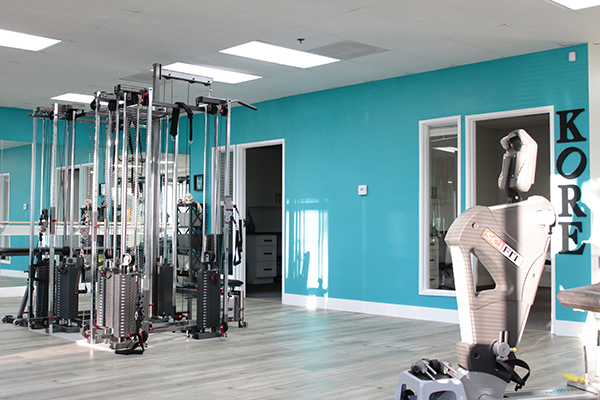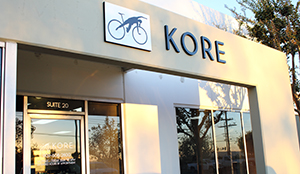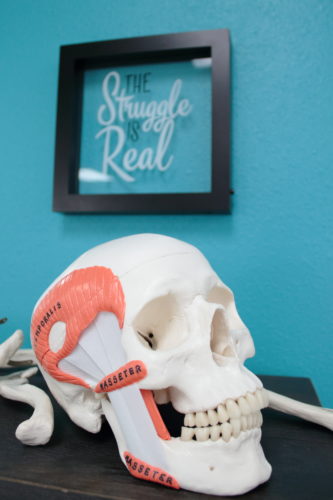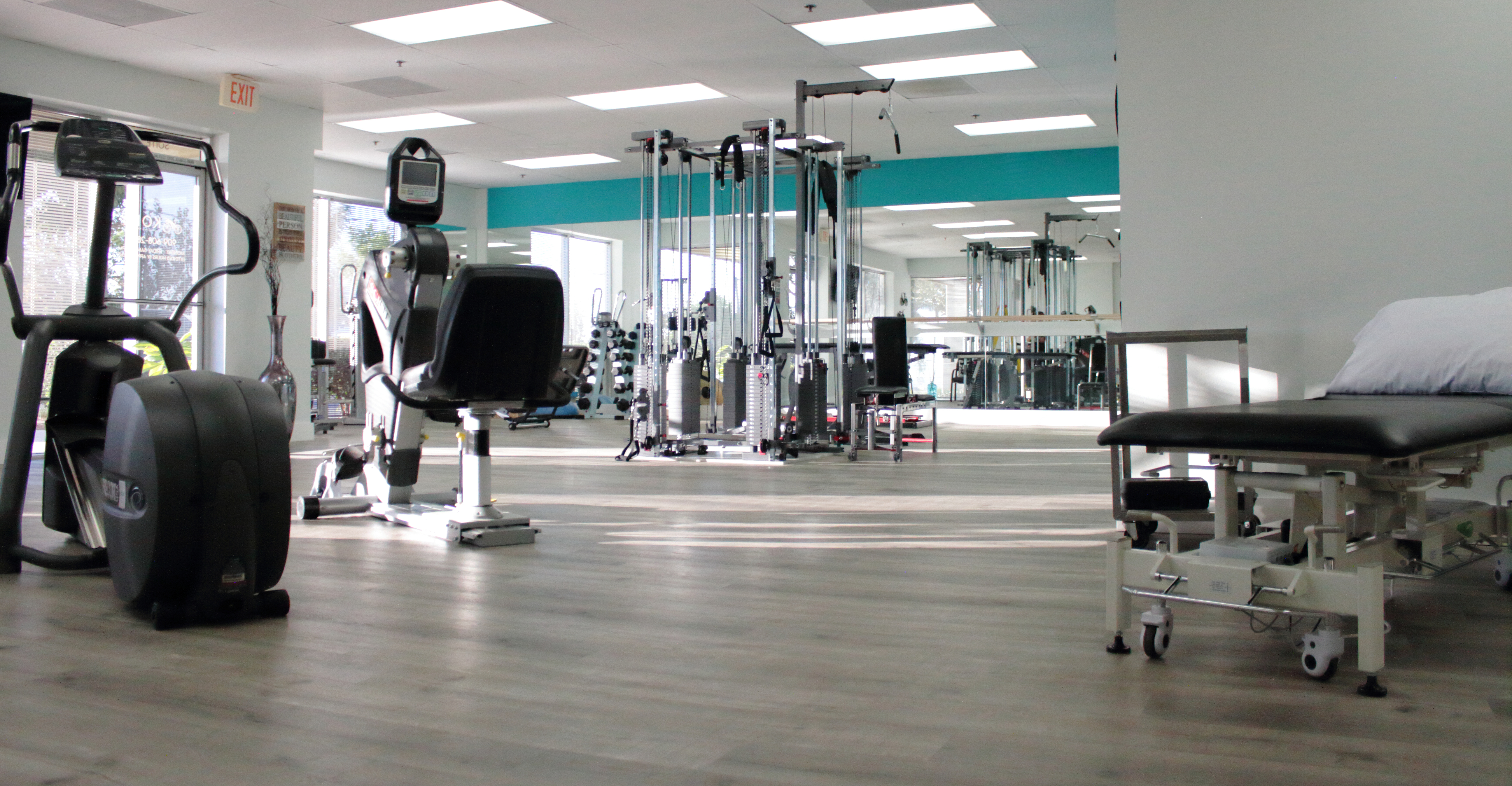COVID-19 UPDATE
To our Kore Physical Therapy Patients and Friends:
The Department of Homeland Security has determined:
“Physical therapists are essential in flattening the curve of the COVID-19 pandemic. They play a key role in keeping people they can help out of the doctor offices and ER’s. This will not only free up the medical teams to treat those impacted by COVID-19, but also limit the exposure of those seeking the care of the physical therapist”.
We will remain open during this time with modified hours. We are adhering to the CDC guidelines for medical practices and making sure that we place our patients and staff in the safest environment possible. We are a low volume practice by design allowing us to maintain the recommended minimum 6ft spacing. If you have any signs or symptoms of illness please call and reschedule your appointment.
If you are unable to come in but have questions, concerns, or need a home exercise program (or progression of current program), please give us a call, we are here to help.





Kore Physical Therapy is located in Upland, at the boarder of Claremont on the corner of Foothill Boulevard and Monte Vista Avenue (facing Monte Vista).
In a state of the art, low volume clinic, we welcome everyone to a Team focused, patient centered treatment approach, in a pleasant atmosphere, focusing on the highest possible quality of care. With a thorough assessment and detailed analysis of your condition, we are striving to get to the core of your musculoskeletal or women’s/men’s health issue.
We speak the following languages: English, Spanish, and Norwegian.
The Kore Team
Our staff has the most extensive education and knowledge in Orthopedic Manual Therapy available in the U.S.A. With involvement in education and updated knowledge of research, we are striving for the most updated evidence-based evaluation and treatment approach.
Our Services
Manual therapy is an advanced level of physical therapy training that includes skilled, specific hands-on techniques to diagnose and treat soft tissues and joint structures. Our hands-on techniques are intended to manage pain, eliminate joint inflammation, reduce soft tissue tension, improve joint mobility, increase range of motion, promote proper recruitment of muscle groups to improve joint stability, restore normal movement patterns, improve and promote general fitness and return to work/sport/activity. Our techniques may include:
This is used to improve mobility by treating muscles, tendons and fascia as it relates to pain, posture and joint dysfunction. We believe it can help to relax tense muscles, stretch and lengthen fascia, ligaments, capsular tissue as well as scar tissue. Specific techniques – such as myofascial release, contract/relax, active massage, and strain-counterstrain – are individualized to the patient’s dysfunction. Soft tissue injuries often occur when your muscles are abnormally tense. Your muscles work by tensing, contracting, and then relaxing. They get shorter when they contract, which moves the part of the skeletal system they’re attached to. If they don’t relax completely, it can lead to problems, including sprains, strains, contusions, tendonitis, bursitis, and stress injuries.
These are passive procedures where the physical therapist uses his/her hands to assess and treat altered mechanics of joint systems leading to dysfunctions. Wedges and bolsters may be used to improve altered mechanics as specifically guided by our physical therapists. A joint dysfunction is where two or more bones come together such as the knee, hip, elbow, shoulder, or spine. Joints can be damaged by many types of injuries or diseases. Some of these include: Arthritis, Bursitis, Fracture, and Dislocation.
These are active, passive, and neural procedures where the physical therapist uses his/her hands or specific exercises to treat joints that are unstable. Instability happens when tissues — such as muscles, ligaments, and bones — weaken. Once they are weak, they no longer hold the bones of the joint in proper place. Joints are flexible, allowing for movement and when they move in a normal physiological motion, they are less at risk for reinjury.
Your physical therapist will supervise you in a dosed exercise program uniquely designed for your tissue injury and/or movement dysfunction. Our specialized training and equipment allows for early rehabilitation of the most acute injuries. Dosed exercise progressions will restore you to normal function and/or elite athletic performance.
Our physical therapists will educate you on how to best manage your problem during and after physical therapy; including self-care strategies, posture, lifting mechanics, home exercises and work ergonomics. We can also advise you and, when necessary, your trainer on how to best reach all your fitness goals.
Kinesio Tape helps to facilitate the body’s natural healing process by prolonging the benefits of the manual therapy performed in the clinic. The tape microscopically “lifts” the skin to help alleviate pain, decrease inflammation, promote circulation, reduce muscle tension, manage scar tissue after surgery or trauma, and improve joint support and muscle control. It may be used for conditions such as patellofemoral stress syndrome, plantar fasciitis, iliotibial band friction syndrome, or shoulder instability.
A therapy used to help prevent or treat conditions, including migraine headaches, chronic pain, incontinence, and high blood pressure. It can help you gain more control over these normally involuntary functions. Biofeedback for pelvic floor muscle retraining is a treatment to help patients learn to strengthen or relax their pelvic floor muscles in order to improve bowel or bladder function and decrease some types of pelvic floor pain. Our specialized equipment helps guide you, the patient, to connect mind and body and increase your confidence that will carry over when performing your home exercises.
A device designed to align the foot and ankle into the most anatomically efficient position. They are biomechanical medical appliances that are custom made to correct your specific foot imbalance. Custom orthotics work on your feet much like glasses work on your eyes – they reduce stress and strain on your body by bringing your feet back into proper alignment. The body of the custom orthotic helps to re-align the foot by redirecting and reducing certain motion that takes place during the gait cycle. Custom orthotics fit into your shoes as comfortably as an insole – and they have the advantage of having been made from precise imprints of your feet. The therapist will do a thorough lower kinetic biomechanical evaluation and will then cast you for your custom fit.
These are physical agents used to augment your PT program to help you regain your normal functional mobility. There is an array of treatment modalities that can help strengthen, relax, and heal muscles such as electrical stimulation, ultrasound, hot packs/cold packs. The ones that your PT chooses to use may vary depending on your specific condition, your needs, and your overall rehab goals. Although physical therapy modalities can help you feel better and move better, they should never replace an active exercise program for your condition. Most problems that result in functional limitations resolve best with the correct movement strategies and exercises that your PT can prescribe.
- + Soft Tissue Mobilization
-
This is used to improve mobility by treating muscles, tendons and fascia as it relates to pain, posture and joint dysfunction. We believe it can help to relax tense muscles, stretch and lengthen fascia, ligaments, capsular tissue as well as scar tissue. Specific techniques – such as myofascial release, contract/relax, active massage, and strain-counterstrain – are individualized to the patient’s dysfunction. Soft tissue injuries often occur when your muscles are abnormally tense. Your muscles work by tensing, contracting, and then relaxing. They get shorter when they contract, which moves the part of the skeletal system they’re attached to. If they don’t relax completely, it can lead to problems, including sprains, strains, contusions, tendonitis, bursitis, and stress injuries.
- + Joint Articulation and Mobilization
-
These are passive procedures where the physical therapist uses his/her hands to assess and treat altered mechanics of joint systems leading to dysfunctions. Wedges and bolsters may be used to improve altered mechanics as specifically guided by our physical therapists. A joint dysfunction is where two or more bones come together such as the knee, hip, elbow, shoulder, or spine. Joints can be damaged by many types of injuries or diseases. Some of these include: Arthritis, Bursitis, Fracture, and Dislocation.
- + Joint Stabilization
-
These are active, passive, and neural procedures where the physical therapist uses his/her hands or specific exercises to treat joints that are unstable. Instability happens when tissues — such as muscles, ligaments, and bones — weaken. Once they are weak, they no longer hold the bones of the joint in proper place. Joints are flexible, allowing for movement and when they move in a normal physiological motion, they are less at risk for reinjury.
- + Exercise Rehabilitation
-
Your physical therapist will supervise you in a dosed exercise program uniquely designed for your tissue injury and/or movement dysfunction. Our specialized training and equipment allows for early rehabilitation of the most acute injuries. Dosed exercise progressions will restore you to normal function and/or elite athletic performance.
- + Patient Education
-
Our physical therapists will educate you on how to best manage your problem during and after physical therapy; including self-care strategies, posture, lifting mechanics, home exercises and work ergonomics. We can also advise you and, when necessary, your trainer on how to best reach all your fitness goals.
- + Kinesio Tape
-
Kinesio Tape helps to facilitate the body’s natural healing process by prolonging the benefits of the manual therapy performed in the clinic. The tape microscopically “lifts” the skin to help alleviate pain, decrease inflammation, promote circulation, reduce muscle tension, manage scar tissue after surgery or trauma, and improve joint support and muscle control. It may be used for conditions such as patellofemoral stress syndrome, plantar fasciitis, iliotibial band friction syndrome, or shoulder instability.
- + Biofeedback
-
A therapy used to help prevent or treat conditions, including migraine headaches, chronic pain, incontinence, and high blood pressure. It can help you gain more control over these normally involuntary functions. Biofeedback for pelvic floor muscle retraining is a treatment to help patients learn to strengthen or relax their pelvic floor muscles in order to improve bowel or bladder function and decrease some types of pelvic floor pain. Our specialized equipment helps guide you, the patient, to connect mind and body and increase your confidence that will carry over when performing your home exercises.
- + Custom Orthotic
-
A device designed to align the foot and ankle into the most anatomically efficient position. They are biomechanical medical appliances that are custom made to correct your specific foot imbalance. Custom orthotics work on your feet much like glasses work on your eyes – they reduce stress and strain on your body by bringing your feet back into proper alignment. The body of the custom orthotic helps to re-align the foot by redirecting and reducing certain motion that takes place during the gait cycle. Custom orthotics fit into your shoes as comfortably as an insole – and they have the advantage of having been made from precise imprints of your feet. The therapist will do a thorough lower kinetic biomechanical evaluation and will then cast you for your custom fit.
- + Modalities
-
These are physical agents used to augment your PT program to help you regain your normal functional mobility. There is an array of treatment modalities that can help strengthen, relax, and heal muscles such as electrical stimulation, ultrasound, hot packs/cold packs. The ones that your PT chooses to use may vary depending on your specific condition, your needs, and your overall rehab goals. Although physical therapy modalities can help you feel better and move better, they should never replace an active exercise program for your condition. Most problems that result in functional limitations resolve best with the correct movement strategies and exercises that your PT can prescribe.

Your Treatment…
At KORE Physical Therapy, our treatment emphasis is on manual therapy, supervised exercise and education provided by a licensed physical therapist. The ultimate goal is for you to return to normal activities of daily living, work and participation in sports or recreational activities. Treatment will involve combinations of different types of soft tissue work, joint articulation/mobilization, exercise and education. You will be given home exercises to assist you in working toward your treatment goals.
Our rehabilitation approach first focuses on decreasing pain, edema and muscle guarding to improve joint motion. As you improve, your exercise program will be progressed to fit your needs for coordination, retraining motor patterns, balance, endurance, strength, speed and power training. Our Physical Therapists can assist you with the transition from exercise for rehabilitation to exercise for health maintenance, weight loss, cardiovascular improvement, return to work and/or high-level athletic performance.
Kore Programs
Our licensed Physical Therapy clinicians have more than 25 years of experience in treating all aspects of orthopedic diagnoses, including, but not limited to:
- Postural, traumatic and postoperative spinal dysfunctions
- Traumatic and non-traumatic cervical related headaches
- Cervical related complex neuropathies
- TMJ dysfunction
- Osteoarthritis/ Rheumatoid Arthritis
- Bell’s Palsy
- General and pregnancy related pelvic girdle dysfunctions
- Coccydinia
- Women’s and men’s health
- Gait and Balance Disorders
- Vestibular
- Post-operative and non-operative degenerative and traumatic extremity diagnoses, including shoulder, elbow, hand, hip, knee, ankle and foot.
- Work conditioning/ Industrial Rehabilitation
- Foot Orthotics Evaluations/Casting
We will serve the entire community, ranging from the geriatric population to high performance athletes, musicians and artists, accepting a variety of insurance plans, including Medicare, TriWest, Railroad, select PPOs, Workman’s compensation, and Self-Pay. It is our belief that Kore Physical Therapy is unique when it comes to available services and quality of care in a relaxing and educational environment.

HOURS OF OPERATION
Monday through Friday
8:00 A.M. to 6:00 P.M.
Extended Hours by Appointment
Saturday and Sunday
Closed
p: (909) 608-2800
f: (909) 608-2803
e: info@korept.com
Copyright KorePT; all rights reserved.